|
Meru recounts the dangerous attempt by three men to scale a mountain peak no one else had climbed
What mountain could possibly be more difficult to climb than Everest? Ask professionals and they may tell you: Meru.
Or more specifically, the notorious Shark's Fin peak in the Himalayan range, a sheer rock face that long proved an impossible challenge. It's kind of like the ultimate test. It's the final exam.
Undeterred by Meru's fearsome reputation, three companions -- acclaimed alpinists Conrad Anker, Jimmy Chin and Renan Ozturk -- set out in 2008 to ascend the Shark's Fin. They failed, but in 2011 they decided to go back.
Meru, directed by Chin and his wife, filmmaker E. Chai Vasarhelyi, records their effort to make history, with their lives hanging in the balance.
Meru won the audience award at the 2015 Sundance Film Festival. The film opens today (8/14) in LA, New York, Seattle, Minneapolis, Boulder and Denver, expanding to more cities in the coming weeks.
Nonfictionfilm.com spoke with Chin and Vasarhelyi in Los Angeles about the heart-pounding film and the notion of "risk acceptance."
Nonfictionfilm.com: What makes Meru the ultimate test for a climber? Jimmy Chin: It's the style and the technical requirements of it, for one. You have to be not just a good ice climber but a good rock climber and a good mixed climber, which is using ice axes on rock and ice... And then of course it's at altitude so you need to be able to function well at altitude. NFF: Not recommended for novices. Jimmy: No, it's not. Because each one of those disciplines is its own area of expertise and you have to be able to climb at a high level in each one of those areas. So it is kind of like the ultimate test. It's like the final exam that you have -- everything you've learned through your years of being in the mountains and as a climber. In terms of its comparison with Everest, it's just a different type of climbing. You don't have a huge team supporting you and carrying your equipment for you. Especially if you're a guided client on Everest, you're not making your own decisions. You're not assessing the risk for yourself... We make our own decisions [on Meru].
NFF: Conrad, Renan and you came within a hair's breadth of reaching the summit in 2008, but had to turn back. Then you returned in 2011. Did you ever think of the Shark's Fin, it just doesn't want to be climbed?
Jimmy: Yeah, we had that discussion... I know mountains are indifferent. It’s what we apply to the mountains that we find meaning in. But we did specifically talk about giving ourselves up to the mountain and really the mountain always decides in the end. NFF: I love how you phrase it in the film -- it’s a summit "bid.” It’s almost like, "We request of the mountain, please, we’d like to climb you.” Jimmy: There’s a scene in the film where Conrad’s climbing the ice and he looks over and says, “Om, Shiva.” And he’s like, “We are at your mercy,” essentially. NFF: Meru is feeding the Ganges which of course is a holy river. When you’re in front of that mountain, looking at the Shark’s Fin, does it feel mystical? Do you feel in touch with something deeply spiritual? Jimmy: Absolutely. It’s because that area of India is considered a very, very sacred and holy space -- it’s not quite at the exact headwaters of the Ganges but it’s within a few miles, 10-15 miles of it... All of the mountains in that region are named after deities within the Hindu religion. Who’s to say they’re not sacred, if you’re Hindu or not? You absorb that.
NFF: You and Chai didn't know each other when you made your attempts to climb Meru. You met afterwards. So how did the filmmaking collaboration begin?
E. Chai Vasarhelyi: We met at a conference. I make documentary films and Jimmy learned that and so he sent me his kind of rough assembly. Jimmy: I did a couple different assemblies of it. I knew what I wanted the film to say. I knew what I wanted the audience to experience emotionally. I was very close to the film – probably too close. And I really needed somebody to come in and take a hard look at it, an honest look at it, harsh look at it and really kind of mine the narrative. There was just an authenticity to the material that I had never seen before.
Chai: We've seen mountain-climbing films before but most of the time it's been reenactments. There was just an authenticity to the material that I had never seen before... So all the ingredients were there. But the climbing culture is quite understated so they needed an outsider with some perspective to work through that, and ask them different types of questions that they hadn’t just expressed in that way before. Convince Jimmy to put himself in the film.
NFF: Wait a minute! How could you not be in the film? Jimmy: Yeah, I wasn’t in the film very much [in the rough cut]. Chai: He was present but just not in the same way [as in the final version]. NFF: Tell me about the aerial shots. How did you get those? Chai: It’s the only smoke and mirrors in the film. Jimmy: Some of the big pull-back shots were [taken by] our base camp manager in 2011. He was shooting a long lens from base camp. Those shots that look like they’re from a drone or a helicopter -- I had shot these plates of the whole landscape and then stitched them together [digitally] for this really high-definition image and then we had a friend basically do a 3D rendering of it so that you could do a camera move through the image. NFF: That was very cool. Jimmy: And then the stars are from time-lapses that we took. NFF: How do you record audio up there? Chai: Well, it’s very quiet. Jimmy: It’s very quiet. Except for when it’s windy. When it’s windy it’s really hard and we had like a little road mic on top of the camera but the thing just got destroyed. Audio was a challenge as well as having to conserve battery power and storage and things that in normal productions you don’t have to think about. NFF: Because every bit of the equipment is on your back. Jimmy: Yeah.
NFF: We see in the film how intense the collaboration is between the climbers. A mistake by any of you could prove fatal. Chai, what do you make of the bond these men have and must have?
Chai: It was eye-opening for me to understand that really so much of this type of climbing is about those friendships. I think Meru is a “buddy” film. We maybe think that term is cheesy but it’s a very solid story about male friendship -- and that’s not to say that women don’t play a role in this -- but it’s just to have this kind of candid, open-hearted look at this male friendship is special. NFF: Jimmy, you and Renan went through separate near-fatal incidents before the 2011 climb. Yours came in an avalanche in California. Do you ever count your nine lives? Jimmy: I mean I’ve had quite a few close calls over my career, a couple on Everest... But I would say the closest call I’ve ever had was the avalanche. I don’t really know people who have been caught in an avalanche that big that have survived. It’s a full catastrophic failure of the mountainside. I definitely came out of that one thinking, “Well, I just spent whatever I had left of my nine lives.” But I also kind of believe -- and maybe this is my own justification -- but when it’s your time it’s your time. And it really felt like that to me when I came out of that avalanche. “Well, it really wasn’t my time because if it had been" -- NFF: You should not have survived that. Jimmy: I should not have survived that. So in my mind it kind of works both ways -- if it’s your time it’s your time but if it’s not your time it’s not your time.
NFF: You began as filmmaking partners and now you're a couple and your family is about to expand.
Chai: We already have one [child] who is two years old. We’re expecting our second. NFF: When is the baby due? Chai: December. NFF: Jimmy, how does that change things for your future in climbing, or will it? My level of risk acceptance is different, for sure. Does that mean I’m not going to climb? No.
Jimmy: It’s a totally fair question. There’s really two big influences I think in terms of my acceptance of risk and that’s age and experience being one. I’ve just seen a lot. I’ve seen a lot of friends go through tragedy and loss and then of course I have a different responsibility beyond myself, so my level of risk acceptance is different, for sure. Does that mean I’m not going to climb? No. I will always encourage my daughter to live her life and to be who she is and to follow her heart. I still always want to be an example of that to her. It still does change the calculus but those are decisions you face day to day. I don’t know if I can make a big sweeping decision.
NFF: Your kids will always be able to say daddy is the first person ever to climb the Shark's Fin of Mt. Meru. What does it mean to you to be in the history books for that? Jimmy: For professional climbers... that’s your legacy. Conrad has first ascents all over the world and it’s incredible to see a mountain and say, “Wow, this person did the first ascent of that line there.” The history is written in these climbs... It’s a nice piece to have in this little world that we experience. So it’s meaningful. I haven’t actually thought about that in a long time and that makes me kind of happy.
|
AuthorMatthew Carey is a documentary filmmaker and journalist. His work has appeared on Deadline.com, CNN, CNN.com, TheWrap.com, NBCNews.com and in Documentary magazine. |
- Home
- News
- Videos
-
Galleries
- 2019 Tribeca Film Festival
- Full Frame Documentary Film Festival
- 2019 SXSW Film Festival
- SXSW 2018 Gallery
- 2019 Sundance Film Festival
- Outfest 2018 Photo Gallery
- Outfest 2017
- Sundance 2018 Photos
- 2017 LA Film Festival
- 2017 Cannes Film Festival
- Tribeca Film Festival 2017
- SXSW 2017 Gallery
- 2017 Berlin Film Festival
- Sundance 2017 Gallery
- 2016 Los Angeles Film Festival
- Cannes Film Festival 2016
- SXSW 2016 Gallery
- Berlinale 2016 Gallery
- Sundance 2016 Gallery
- Filmmaker Gallery
- About
- Contact
Proudly powered by Weebly
- Home
- News
- Videos
-
Galleries
- 2019 Tribeca Film Festival
- Full Frame Documentary Film Festival
- 2019 SXSW Film Festival
- SXSW 2018 Gallery
- 2019 Sundance Film Festival
- Outfest 2018 Photo Gallery
- Outfest 2017
- Sundance 2018 Photos
- 2017 LA Film Festival
- 2017 Cannes Film Festival
- Tribeca Film Festival 2017
- SXSW 2017 Gallery
- 2017 Berlin Film Festival
- Sundance 2017 Gallery
- 2016 Los Angeles Film Festival
- Cannes Film Festival 2016
- SXSW 2016 Gallery
- Berlinale 2016 Gallery
- Sundance 2016 Gallery
- Filmmaker Gallery
- About
- Contact

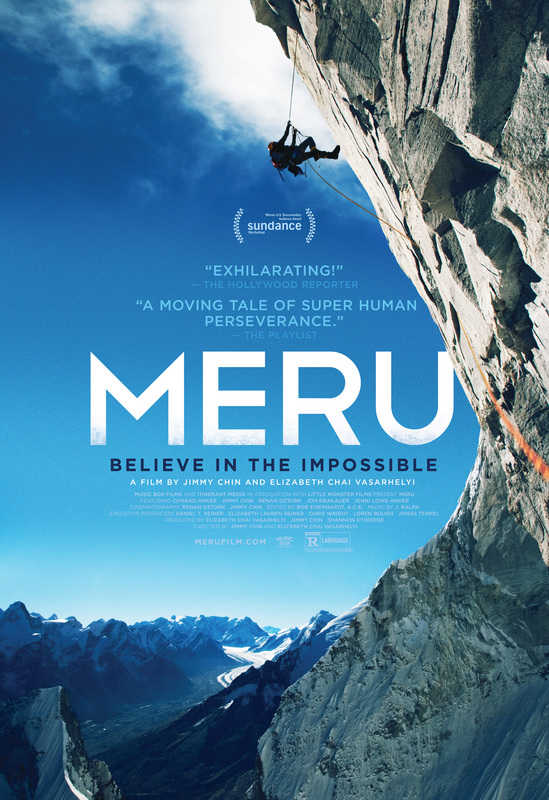
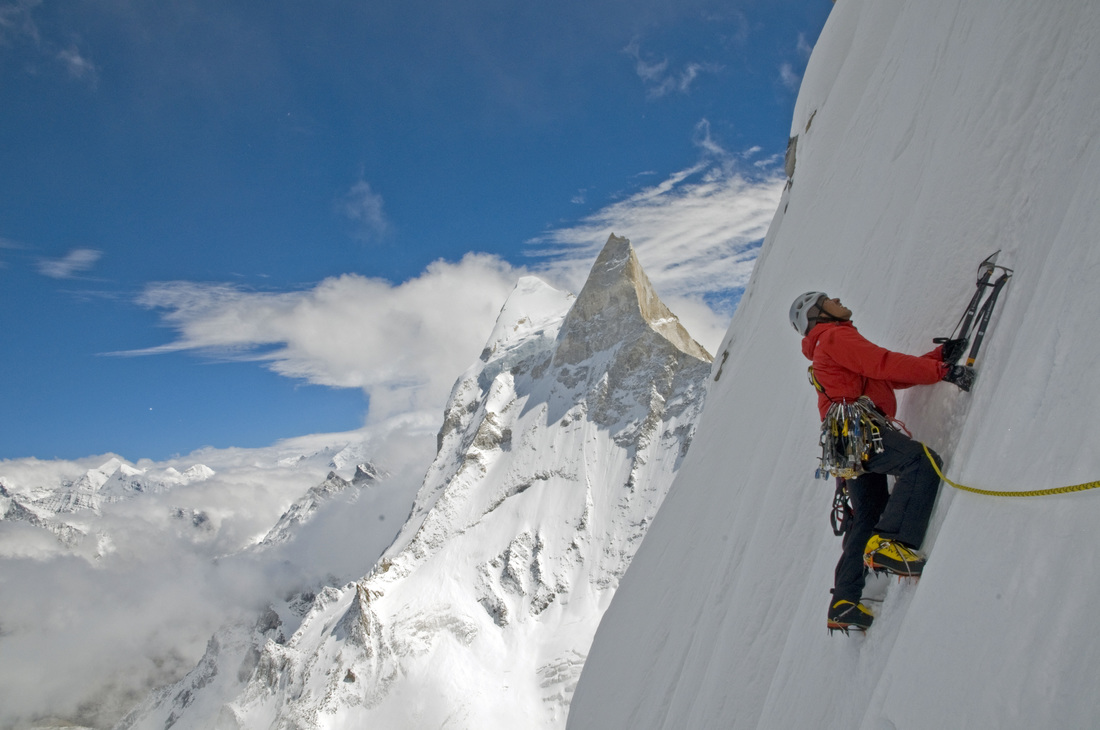
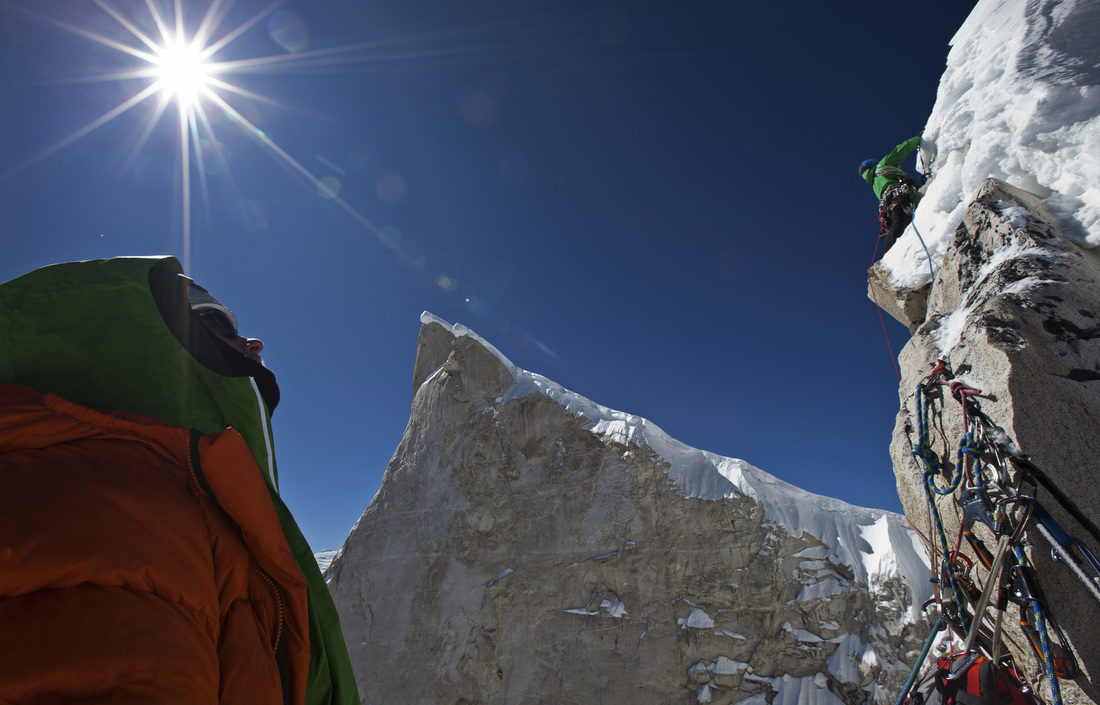
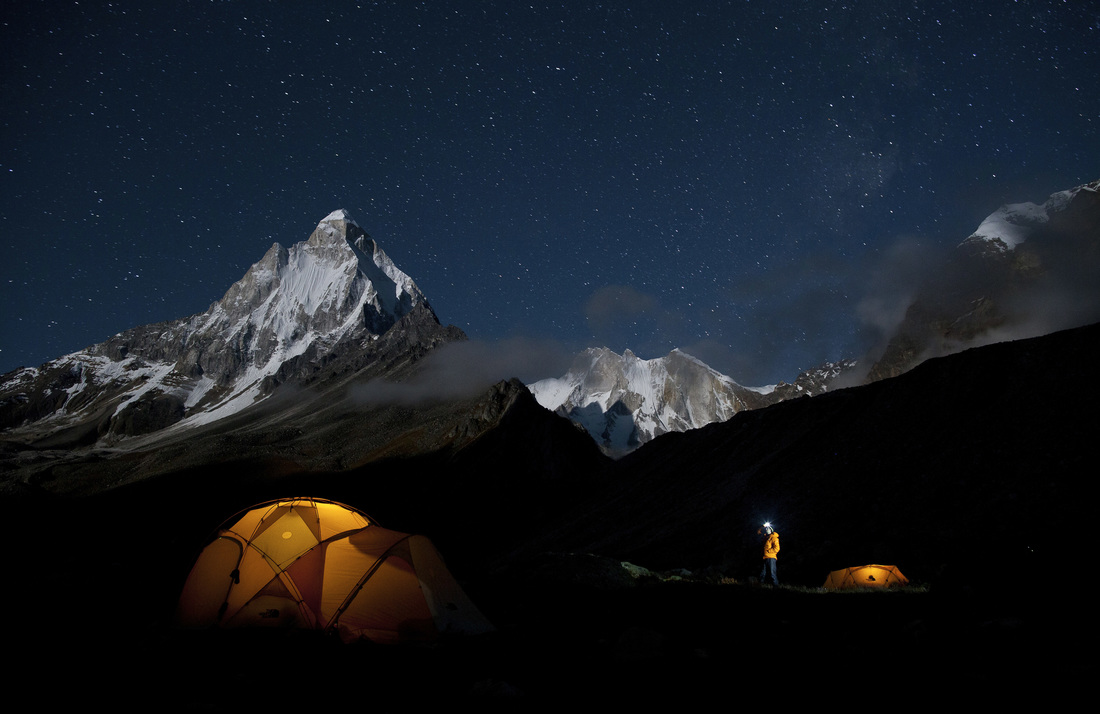
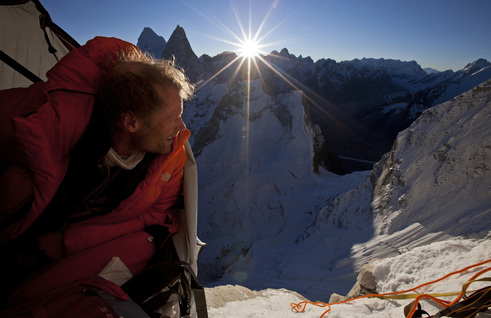
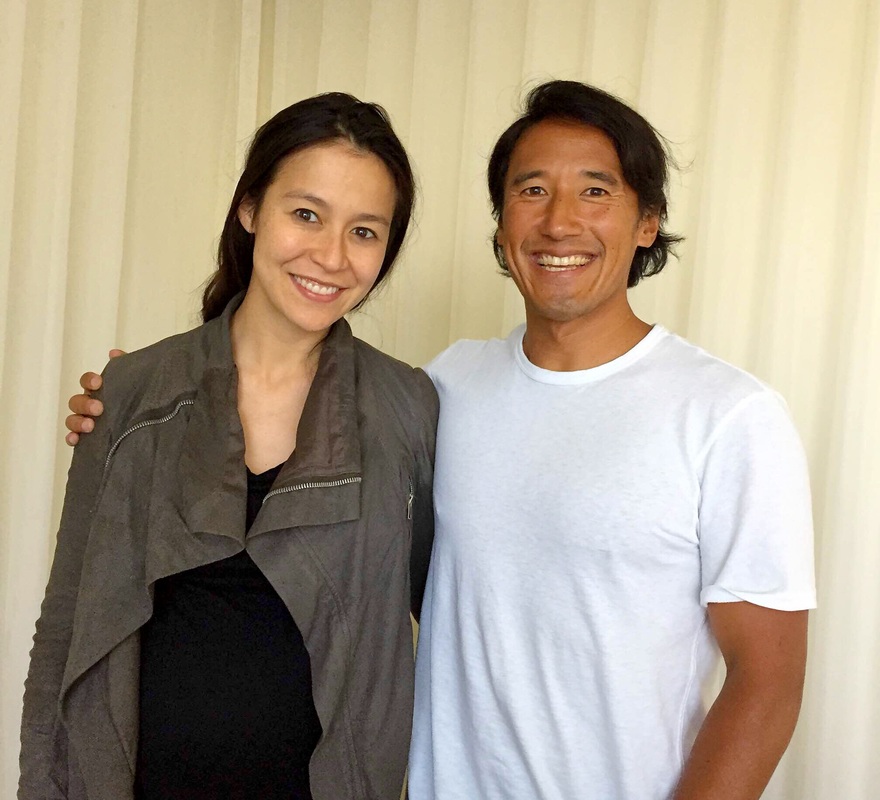
 RSS Feed
RSS Feed